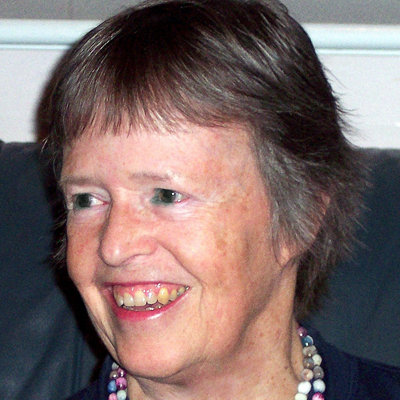“From Ball Dance to English Country Dance: Continuity and Change in Early 18th-century England”
(Carol G. Marsh)
The Lorin manuscript Livre de Contredance (c1685) supplies Baroque dance steps for 13 English country dances, but Lorin himself admits that there is no uniformity in the steps used by English dancers. I suggest that a more organic approach to the problem of foot work in English country dancing might be provided by the notated ball dances that share the same titles and music as their country dance offspring, most of which were published within a few years of their ball dance predecessors.
This paper will present several case studies of these dance “twins,” focusing on the following questions: was the original tune modified in any way, e.g., meter, key, length, phrase structure? are the floor patterns of the ball dance reflected in the country dance? are any Baroque steps prescribed for the country dance, and if not, what suggestions are provided by the music and step vocabulary of the ball dance?
I suggest that the cessation of notated ball dances in the 1730s was one factor contributing to the increasing simplicity and uniformity of English country dances.
Carol G. Marsh, Washington DC, USA
 Carol G. Marsh is a Professor Emerita at the University of North Carolina Greensboro, where she taught music and dance history for 28 years. She received her Ph.D. in musicology from The City University of New York in 1985 with a dissertation on early 18th-century French court dance in England. Her publications include La Danse Noble (with Meredith Little) and Musical Theatre at the Court of Louis XIV: ‘Le Mariage de la Grosse Cathos’ (with Rebecca Harris-Warrick). She has contributed articles and reviews to New Grove, Dance Chronicle, Dance Research Journal, and other publications.
Carol G. Marsh is a Professor Emerita at the University of North Carolina Greensboro, where she taught music and dance history for 28 years. She received her Ph.D. in musicology from The City University of New York in 1985 with a dissertation on early 18th-century French court dance in England. Her publications include La Danse Noble (with Meredith Little) and Musical Theatre at the Court of Louis XIV: ‘Le Mariage de la Grosse Cathos’ (with Rebecca Harris-Warrick). She has contributed articles and reviews to New Grove, Dance Chronicle, Dance Research Journal, and other publications.
She currently lives in Washington DC and worries constantly about the collapse of democratic principles.


